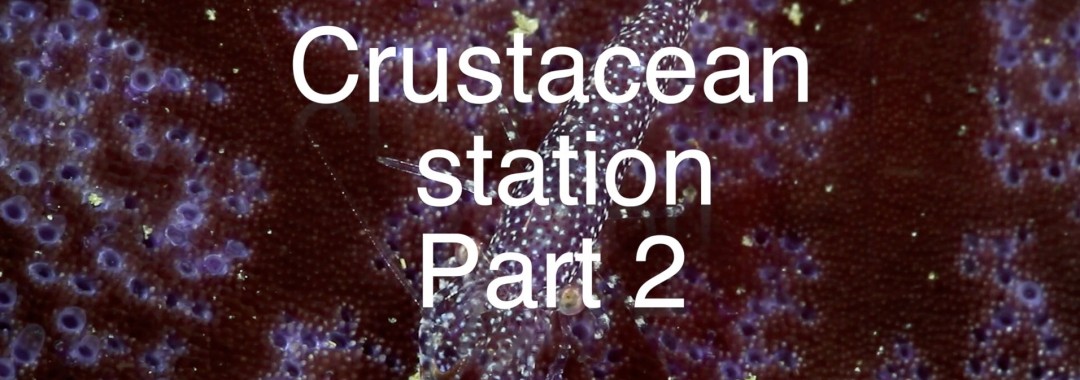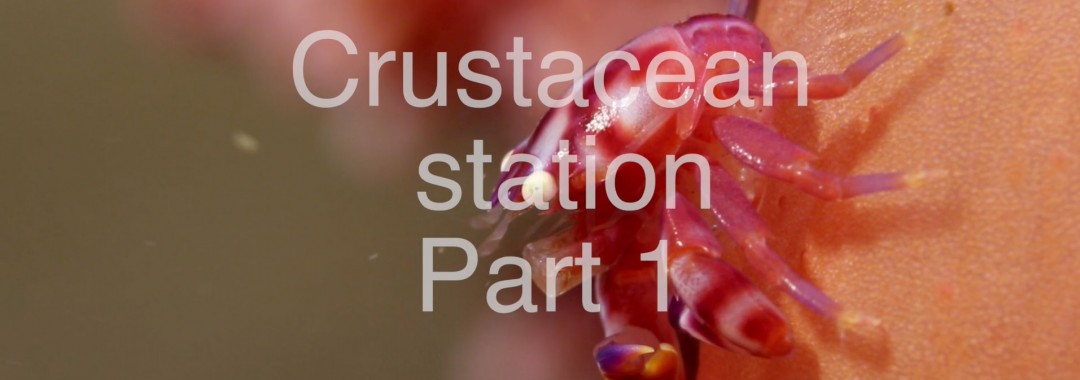The sped-up footage in this video featuring an all-star crustacean cast allows us to see some great ‘dance moves’ performed by commensal shrimps, bumblebee shrimps and mantis shrimps who display some crazy eye movements! Enjoy this look into a tiny yet fascinating world of critters with claws.
Tag Archives: macro photography
Critters of the Lembeh Strait | Episode 14 – 2015 | Crustacean Station Part 1
This week’s episode is all about crustaceans. Watch as porcelain crabs use their delicate filter appendages to try to catch food floating in the water, and marvel at the sheer diversity of this family of critters ranging from box crabs (also known as ‘shame-faced crabs’), porcelain crabs and slipper lobsters to outrageously decked-out crabs sporting sponges on their heads! Enjoy this close up and personal glimpse into the world of crustaceans.
Critters of the Lembeh Strait | Episode 13 – 2015 | Eye Spy A Little Eye
Our eagle-eyed guides seem to be magic – where you might only see a bare sandy slope, they find a cornucopia of beautiful underwater animals to show you. In this video you first see these talented guides’ eyes (‘how did he find that?!’, everyone says), and from there we move on to close-up footage of some of the most fascinating critters’ eyes. Mantis shrimp are featured, with the most complex eyes on the planet, along with other striking critter ‘peepers’ such as those of the puffer fish, crocodile flathead and, one of our favorites, the footage of the blue-ringed octopus’ eyes with the chromatophores pulsating and changing color is mesmerizing.
Critters of the Lembeh Strait | Episode 11 – 2015 | Wide Angle Wonder Part 2
In the second part of Wide Angle Wonder we feature some awesome close-focus wide angle videography – there are many perfect subjects for that in Lembeh like everyone’s favorite party cephalopod, the coconut octopus, hairy frogfishes, and more! Enjoy!
Critters of the Lembeh Strait | Episode 10 – 2015 | Wide Angle Wonder Part 1
Sometimes we get so focused on the famous critters in the Lembeh Strait, we miss the bigger picture. Every once in a while it’s nice to take our heads out of the “muck” and see the beauty that surrounds us.
Critters of the Lembeh Strait | Episode 09 – 2015 | Things that go bump in the night Part 2
Are you a fan of night-diving? In this special episode you can see some of the critters that come out only at night: bobtail squid, bobbit worm, pleurobranch, starry night octopus and other weird underwater animals. Enjoy the night-circus!
Critters of the Lembeh Strait | Episode 08 – 2015 | Things that go bump in the night Part 1
Have you ever done a UV night dive? In part one of our series, “Things That Go Bump in the Night”, you can see bizarre and unexpected things glowing, and no one knows yet why they do it but the one thing we do know is it is amazing to watch.
Critters of the Lembeh Strait | Episode 07 – 2015 | Hide & Seek Part 2
Here’s the second part of our Hide & Seek series. Lean back and watch the incredibly camouflaged critters of the Lembeh Strait.
Move you strobe(s) or Light(s) around
I see it all the time. Photographers don’t even touch their strobes for a whole dive, or even worse, for all their dives. But it’s so easy to get different results when we move our lights around. Macro lighting is quite easy, yet still complex. We can change the look of an image a lot by just changing our strobe position(s). There is no one recipe for good results, it all depends on the situation. Play with the shadows and see what you like best.
Sometimes I like to create strong shadows, this often works better with only using one source of light (strobe or continuous light).
Take this example of a frogfish here in Lembeh. I didn’t change the position or settings on the camera, I only used one light (1x SOLA 4000), but I still got many different images of the same subject just by moving the light around.
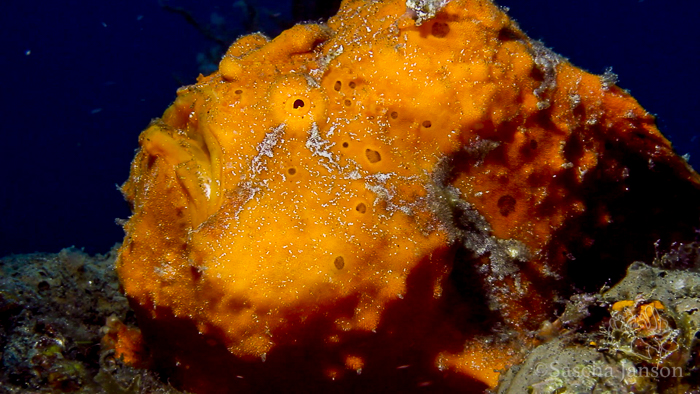
Painted frogfish lit up from the top left. This is an example of fairly standard lighting.
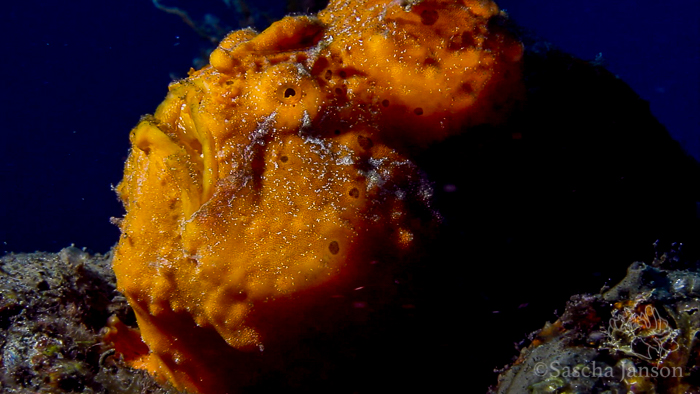
Painted frogfish lit up from the left. Note how it is very similar to the one above, but the tail of the frogfish is not lit up.
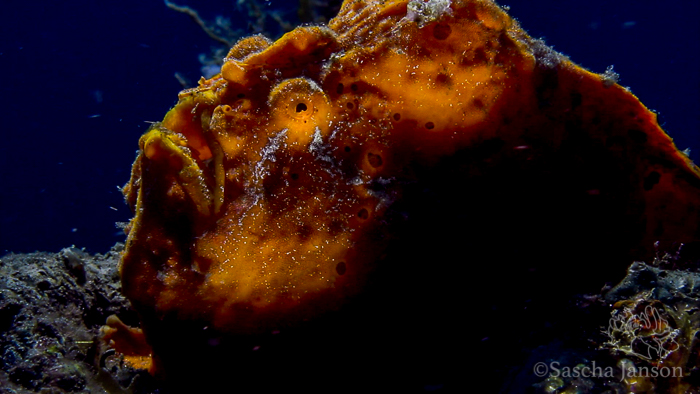
Painted frogfish lit up from the top left but this time I positioned the light further behind the subject to get a backlighting effect.
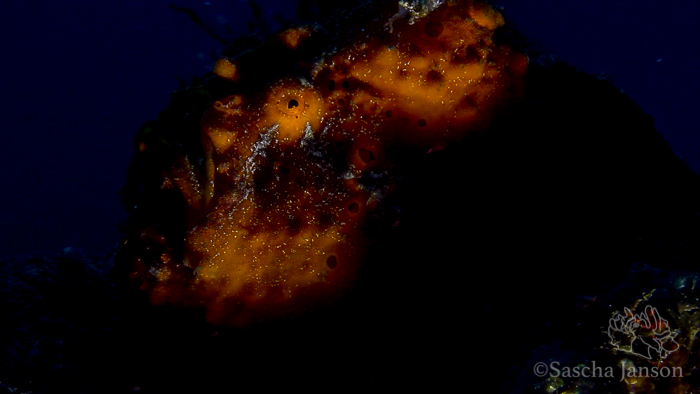
Painted frogfish lit up from the bottom right – the coral makes a nice shadow on the body and only a tiny bit of the frogfish gets illuminated. That gives a nice spooky effect.
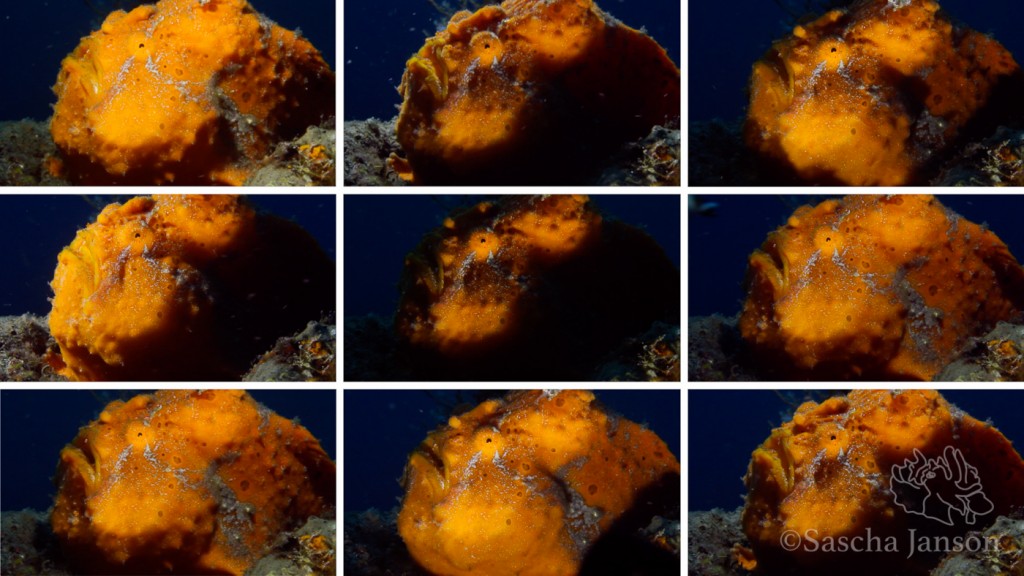
Some more examples of the same frogfish. It’s up to you which one you like best. There is no right or wrong!
You can also watch the video how I shot the frogfish here:
When will you start moving your strobe(s)/light(s)?
Critters of the Lembeh Strait | Episode 01 – 2015
Here’s a new episode of critter awesomeness. Watch for incredible close-ups of charismatic animals such as the blue-ring octopus, ornate goby, and juvenile star puffer fish – you can see their eyes moving, their breathing and every movement they make! There’s also spectacular footage of an embryonic flamboyant cuttlefish pulsating within its egg sac and plenty of rare and colourful nudibranchs that resemble bizarre works of surrealist art. Enjoy the spectacle! All the Critters of the Lembeh Strait say “HI”.
